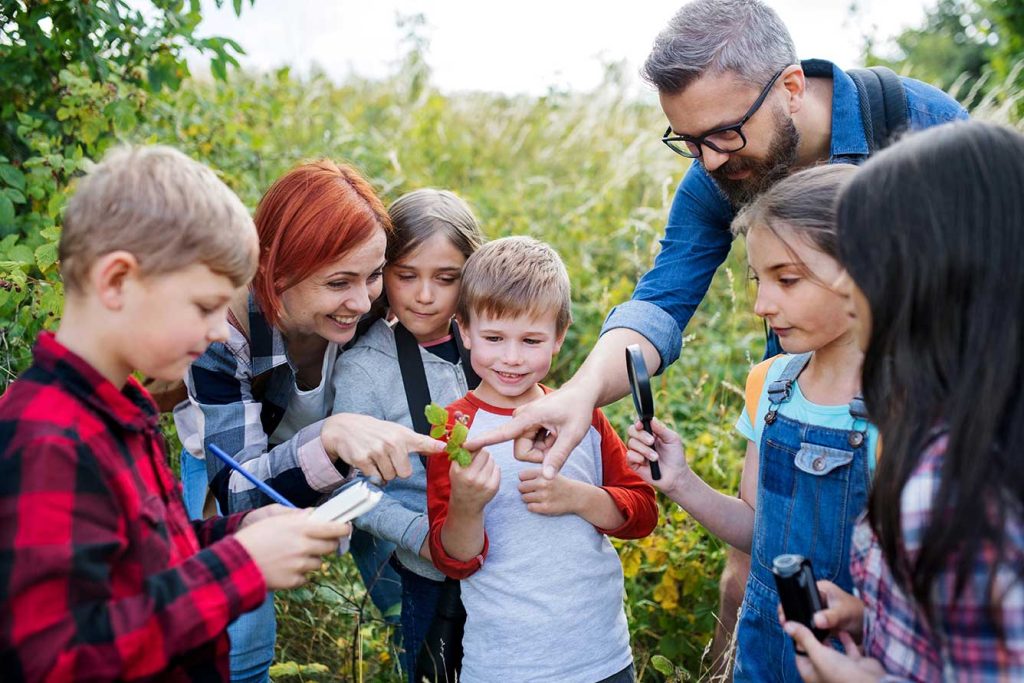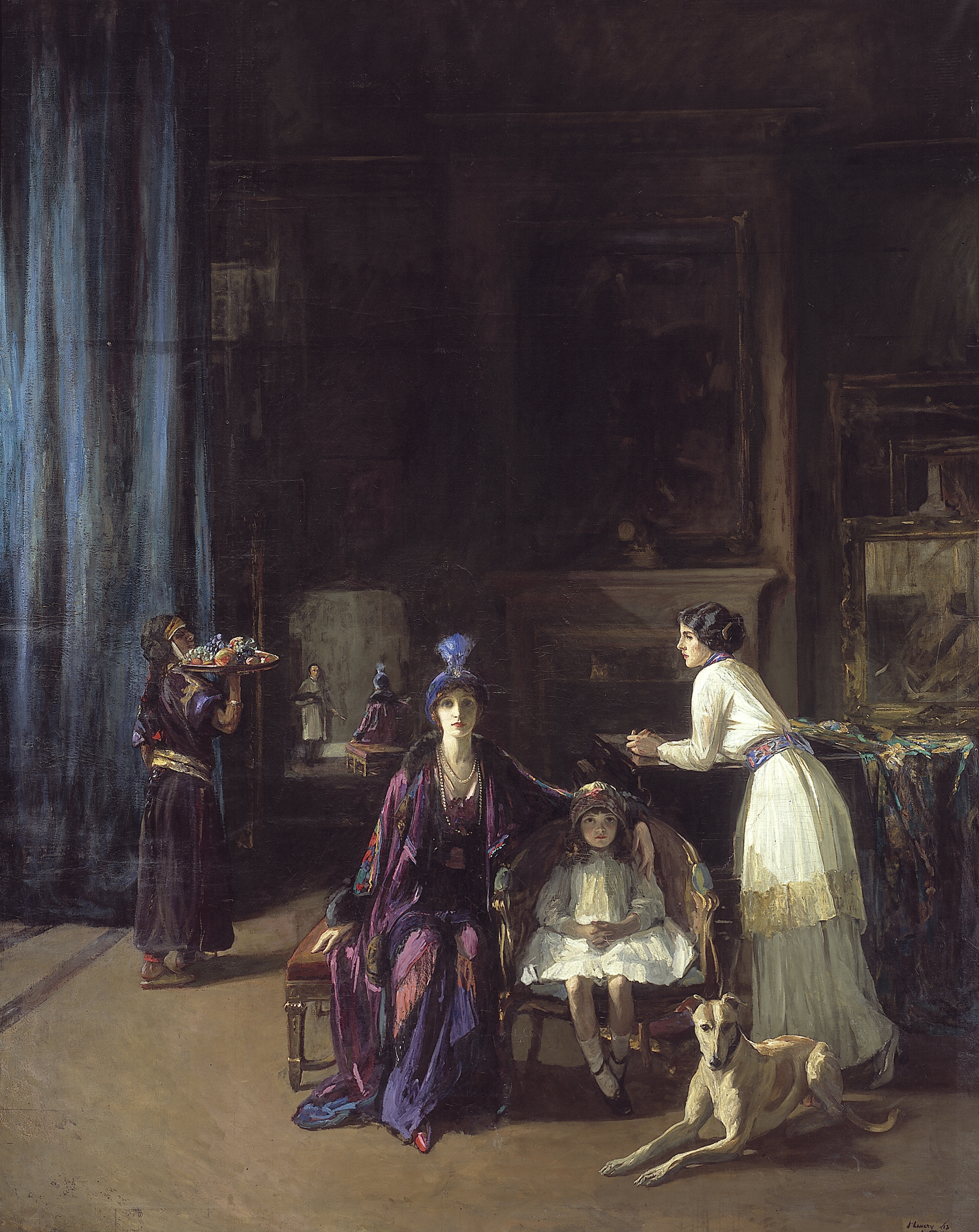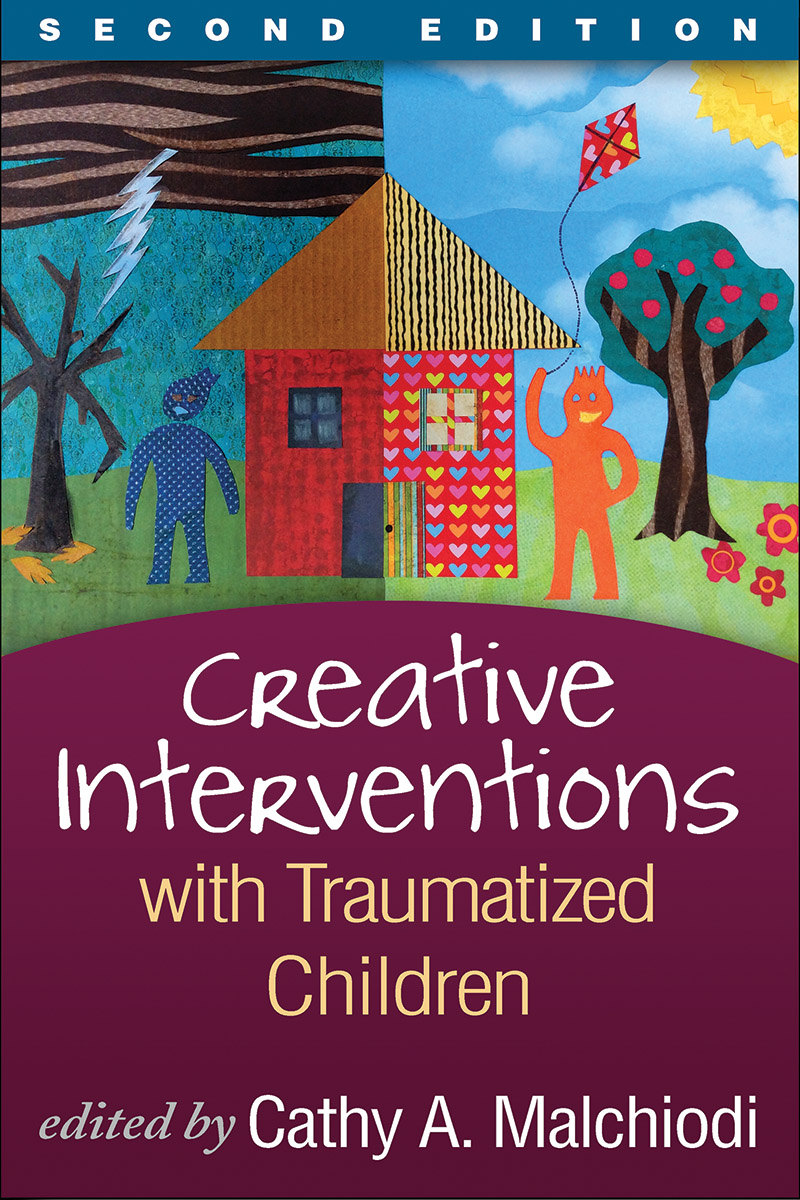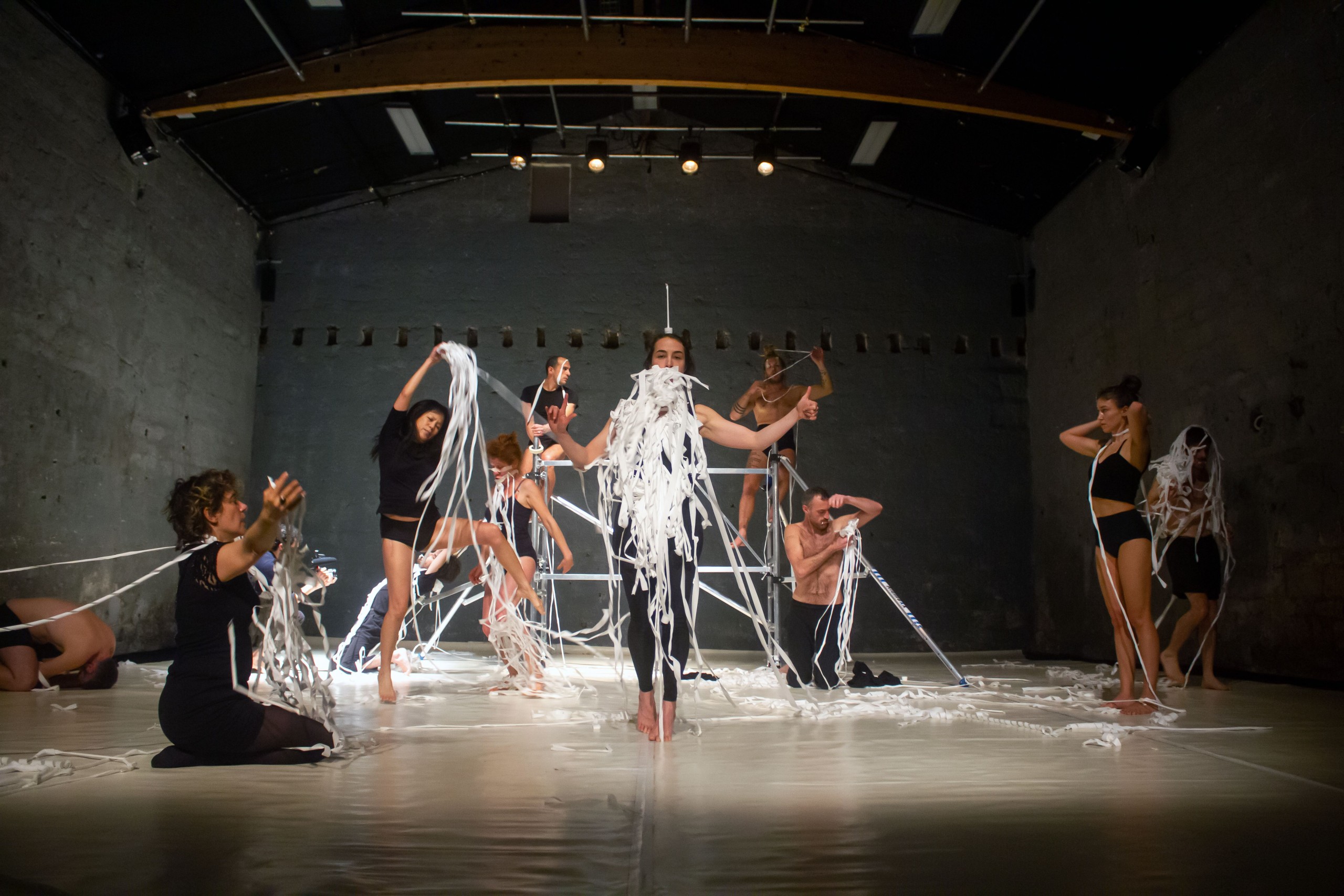The Role of Art in Early Childhood Education: Fostering Creativity and Critical Thinking from an Early Age

The Educational Power of Art
Art is more than just a creative outlet; it’s a powerful tool for education. In early childhood education, engaging with art can foster not only creativity but also critical thinking skills. This dual development is essential for nurturing well-rounded children who are prepared to navigate the complexities of the world. The impact of art on education has gained increasing recognition in recent years, prompting educators to explore its multifaceted benefits.
Art as a Problem-Solving Catalyst
Engaging in artistic activities enhances problem-solving skills. When children participate in art, they are often faced with challenges that require innovative thinking, such as figuring out how to represent an idea visually or finding new ways to mix colors. For example, a child tasked with creating a painting might experiment with various techniques, learning to adjust their approach based on the results. This trial-and-error process fosters resilience and adaptability, encouraging children to view challenges as opportunities for growth.
Emotional Intelligence and Expression
Art also promotes improved emotional expression. Many children struggle to articulate their feelings verbally, and art provides a unique avenue for conveying complex emotions. For instance, drawing or painting can help a child express feelings of sadness, joy, or anxiety in a way that is natural and intuitive. This creative outlet is particularly beneficial for those experiencing difficulties at home or school, giving them a sense of control and a safe space to explore their emotions.
Building Collaborative Skills
In addition to individual development, art encourages collaboration and teamwork. Many schools incorporate group art projects, allowing children to work together towards a common goal. These initiatives cultivate valuable social skills, such as effective communication and compromise. For instance, organizing a mural project can teach children how to share ideas and negotiate roles, mirroring real-world teamwork scenarios that they will encounter in their futures.
Integrating Art into Curricula
In the United States, educational programs increasingly recognize the significance of incorporating art into curriculums. An emerging trend is the integration of art and music into STEM initiatives, creating a well-balanced STEAM approach. This method not only enhances learning in science and mathematics but also nurtures artistic creativity, leading to a more holistic educational experience.

Another notable example is community art projects that engage families and local artists. These initiatives can significantly enrich children’s educational experiences, connecting them with their local culture and instilling a sense of community pride. Additionally, educators are employing art therapy techniques to help children overcome emotional and psychological challenges, demonstrating art’s healing potential.
Conclusion
As educators and parents, understanding the role of art is crucial. This exploration not only highlights the educational value of art but also reaffirms its necessity in child development. The potential for art to inspire creativity and boost critical thinking invites further investigation into its applications within educational settings. With the myriad of benefits that art offers, it is clear that fostering an appreciation for artistic expression is paramount for gearing children towards a successful, innovative future.
DISCOVER MORE: Click here to learn how art can change lives
Art as a Gateway to Innovation
In the realm of early childhood education, art serves not just as a supplementary activity, but as a vital educational cornerstone. By allowing children to explore their creativity, art can ignite their natural curiosity and encourage them to think outside the box. From the simple act of finger painting to the more complex task of sculpting, young learners engage in a variety of art forms that stimulate both their imagination and intellect.
Creativity as a Core Competency
Creativity is not merely an artistic endeavor; it is a fundamental competency that underpins various aspects of learning. When children engage in artistic expression, they learn to explore multiple possibilities, think divergently, and develop unique solutions to problems. A study conducted by the National Endowment for the Arts highlighted that children who participate in arts education show a marked improvement in their overall problem-solving abilities. These early experiences in creativity can predict later success in academic and professional settings.
Critical Thinking Through Art
Moreover, art serves as a conduit for developing critical thinking skills. Through art projects, children are encouraged to make decisions, analyze information, and reflect on their choices. For example, when tasked with creating a storybook illustration, a child must consider the narrative arc, character expression, and background elements. This layered decision-making process hones their analytical skills. As reported by Art Educators of New Jersey, children involved in art-making demonstrate greater levels of inquiry, as they consistently question their artwork and seek feedback from peers and teachers.
Interactive Learning Environments
Art education also promotes experiential learning, where children learn by doing. This hands-on approach fosters a deeper understanding of concepts as children connect theory to their creative outlets. For instance, during an art project centered around nature, children might be tasked with collecting leaves and creating a collage. This not only enhances their observation skills but also encourages them to discuss the properties of different leaves, integrating lessons on biology with artistic creativity.
Benefits of Art Integration
The integration of art into early childhood curricula has numerous benefits, including:
- Enhancing cognitive function: Art activities engage both hemispheres of the brain, promoting holistic development.
- Fostering cultural awareness: Art exposes children to diverse cultures and perspectives, broadening their worldviews.
- Encouraging self-esteem: Successfully completing an art project can boost a child’s confidence and sense of accomplishment.
- Improving fine motor skills: Activities like cutting, drawing, and painting develop crucial motor skills essential for later learning.
As schools and educators begin to fully appreciate the role of art in childhood development, they are increasingly finding innovative ways to incorporate it into lesson plans. This, in turn, not only embraces artistic expression but also promotes essential life skills that will benefit children throughout their lives. With a growing emphasis on STEAM education, there is no better time to recognize art as a fundamental component of early childhood learning.
The Role of Art in Early Childhood Education: Fostering Creativity and Critical Thinking from an Early Age
As children engage with various forms of art, whether through painting, music, or dramatic play, they are not only exploring their own creativity but are also developing essential critical thinking skills. When children express themselves through art, they learn to make choices, experiment, and find solutions, which cultivates a strong sense of independence and confidence. Children engaged in creative activities often encounter problems that require innovative thinking. This process nurtures their ability to analyze situations, consider multiple perspectives, and make informed decisions—skills that are necessary for problem-solving in everyday life.
Moreover, integrating art into early childhood education fosters an inclusive environment where diverse ideas and cultural backgrounds are celebrated. Children learn to appreciate various artistic expressions and the stories behind them, broadening their worldviews. This exposure not only enriches their understanding of different cultures but also enhances their social-emotional development, as they learn empathy and cooperation through group artistic projects. As they collaborate on creative tasks, children naturally develop communication skills, learning to share their ideas and listen to others, which is vital for personal and academic growth.
In addition to these cognitive and social benefits, art provides a medium for self-expression that is particularly significant for young learners. Children often find it easier to convey their feelings and experiences through art rather than words. This form of expression can support emotional regulation and resilience, laying a solid foundation for their mental well-being as they grow. The act of creating art allows children to process their thoughts and emotions, resulting in a healthier emotional landscape and better readiness to face challenges.
Overall, the intertwined roles of creativity and critical thinking in early childhood education through art are pivotal in nurturing a generation of free thinkers who are not only equipped with knowledge but also with the skills to innovate and navigate the complexities of the world.
| Advantages | Description |
|---|---|
| Enhanced Problem-Solving | Children develop critical thinking skills by encountering and solving creative challenges. |
| Emotional Expression | Art provides children a safe platform for expressing feelings and processing emotions. |
DIVE DEEPER: Click here to uncover how music enhances creativity
The Multifaceted Impact of Art on Early Learners
The influence of art in early childhood education extends far beyond mere aesthetics; it is intricately woven into the fabric of child development. Research suggests that artistic engagement enables children to understand complex emotional and social concepts. By creating characters and scenarios in their drawings or plays, young learners can explore diverse emotions and perspectives. This emotional intelligence is crucial because it lays the groundwork for empathy and social interaction. When children step into the shoes of their artistic creations, they engage in a form of role-play that strengthens their understanding of human experiences.
Building Communication Skills
Art also serves as a unique platform for enhancing communication skills among early learners. Through art, children often find their voice, expressing thoughts and feelings that they might struggle to articulate verbally. Collaborative art projects—such as murals or group paintings—foster dialogue among peers, helping them to articulate ideas, accept feedback, and negotiate tasks. According to the Kennedy Center for the Performing Arts, children exposed to integrated arts education perform better in reading and language skills, demonstrating a clear link between artistic expression and enhanced communication abilities.
Promoting Holistic Development
The inclusion of art in early educational settings promotes holistic development, addressing not only cognitive skills but also emotional, social, and physical growth. Activities like dancing, acting, and playing musical instruments enhance gross motor skills while enabling children to experience rhythm and coordination. In a dance class, for example, children learn body awareness and spatial relationships, skills essential for their physical development. The National Dance Education Organization highlights that dance education also contributes to cognitive growth by linking movement to creative thinking strategies.
Art’s Role in Addressing Learning Differences
Moreover, art can serve as a powerful tool for addressing learning differences among children. For those who may find traditional learning environments challenging, engaging in art provides alternative pathways to understanding and expression. For example, visual learners excel in environments where art is integrated into subjects like mathematics through geometric designs, or science through creative representation of concepts. Programs like Arts Integration in Education demonstrate the effectiveness of combining art with core subjects, improving engagement and retention of complex ideas.
Encouraging Collaboration and Teamwork
Art projects often require teamwork, cultivating collaboration skills essential in both academic and social realms. Children learn to work together, share materials, and compromise on ideas, fostering a sense of community. The art studio environment, whether in classrooms or dedicated spaces, naturally encourages this collaboration. Research from the John F. Kennedy Center for the Performing Arts asserts that group art activities not only improve social interactions but also prepare children for future collaborative environments in higher education and the workforce.
As educators and parents recognize the significant role of art in early childhood education, they are increasingly looking to incorporate creative methodologies within standard curricula. Schools that prioritize arts education champion environments that are not only rich in academic rigor but are also supportive of children’s emotional and social development, ensuring that the skills learned through artistic expression resonate throughout their lives.
DIVE DEEPER: Click here to discover how to create delicious ethnic dishes at home
Conclusion: Embracing Art as a Cornerstone of Early Education
As we reflect on the crucial role of art in early childhood education, it becomes increasingly clear that integrating artistic experiences into learning environments fosters a wealth of skills essential for personal and academic success. From enhancing emotional intelligence to developing critical thinking abilities, art weaves a tapestry of learning that addresses the cognitive, emotional, and social dimensions of child development.
Through hands-on creative activities, children not only find their voices but also cultivate essential communication skills that enable them to interact with peers and articulate their thoughts effectively. Moreover, the inclusion of art supports holistic development, promoting a rich interplay of physical coordination, emotional expression, and cognitive growth. As we have seen, artistic engagement acts as a bridge for children with diverse learning styles, allowing individuals to explore concepts through multiple lenses.
Encouraging collaboration through group projects enhances their ability to work as part of a team, a vital skill in today’s interconnected world. By prioritizing artistic education, we empower our young learners to embrace their creativity and think critically, preparing them for the complexities of the future. Ultimately, schools that champion art in their curricula create nurturing environments where children can thrive emotionally, socially, and academically, laying a strong foundation for lifelong learning and engagement.
It is imperative that educators, parents, and policymakers work together to ensure that art education remains a priority. As we forge ahead, let us not only recognize the significance of art in early childhood education but also propel its presence to inspire the next generation of thinkers, creators, and leaders.


